Every time, I want to describe Austria with just one word: “too much.” Its nature and attractions are so beautiful and diverse that the beauty is simply overwhelming. Even if it were slightly less stunning, its mountains, lakes, gorges, and mountain rivers would still evoke a whirlwind of emotions. But no! Austria strives to be a maximalist in everything. )))
Today, I want to share with you some Austrian gems that deserve attention. I hope the information will help in planning your independent travels.
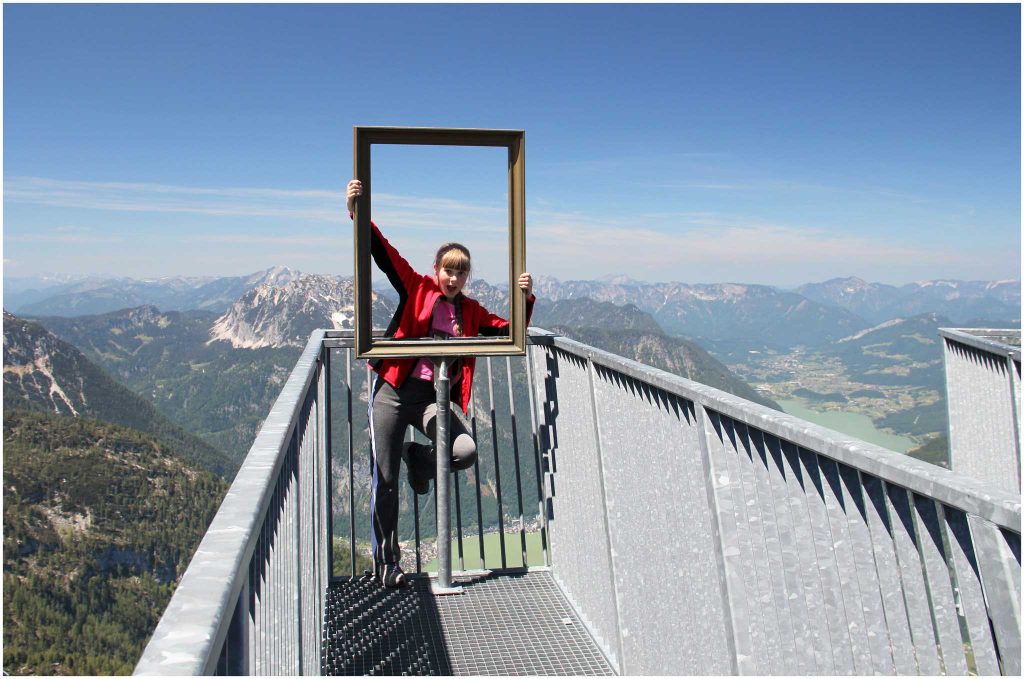
One of Austria’s most famous viewpoints is the “5 Fingers” panorama. You can reach it by taking the lift from Obertraun. First, you’ll ascend, and then take a half-hour walk through dazzling mountain landscapes. The platform is named “5 Fingers” because it consists of five protrusions that resemble fingers. Each of the “fingers” has its own unique feature. One has a photo frame, another has an opening in the floor, and the third has a completely transparent floor, through which you can see the abyss below.
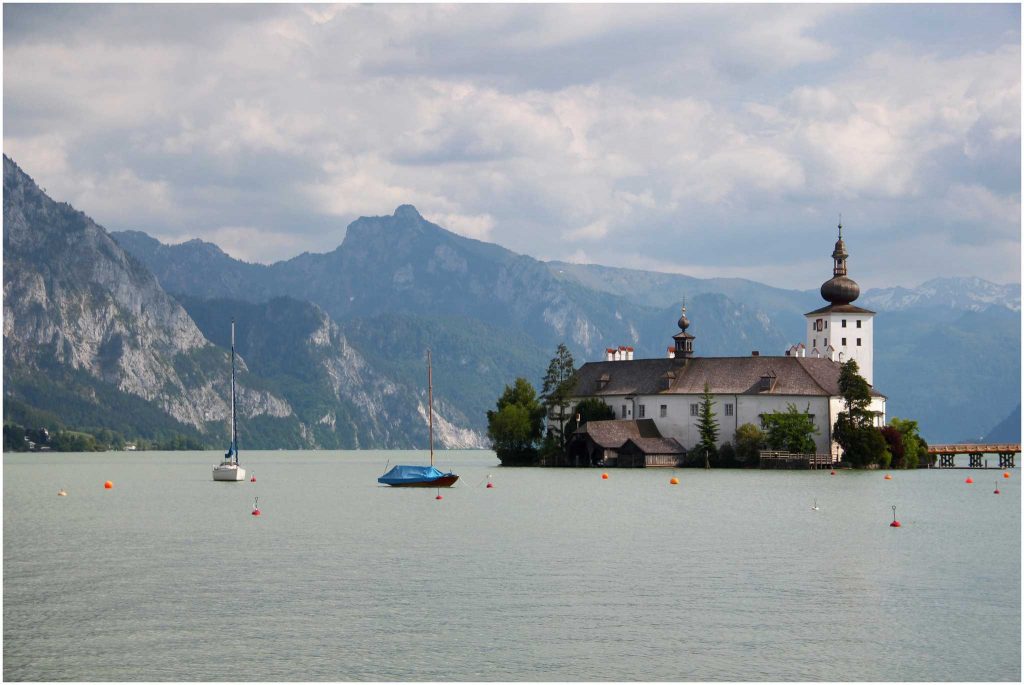
On the shores of Lake Traunsee lies the resort town of Gmunden. It’s not only known for its stunning lake but also for the lakeside castle, Schloss Ort. This is a beautiful and romantic spot. The castle is located on an island, and to reach it, you need to walk through a shady park and then cross a wooden bridge. Once, the castle had private owners, but now it belongs to the city, and entrance is free. Inside, you’ll find a semi-circular Renaissance courtyard, a chapel, and a restaurant.
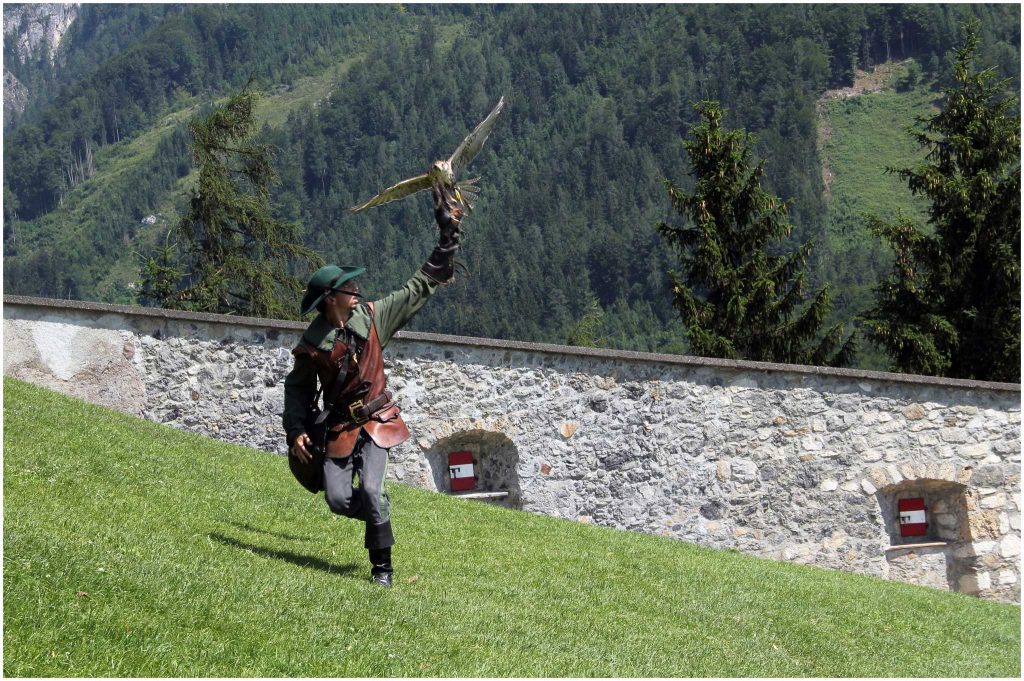
Perched on a 150-meter cliff above the Salzach River valley is the Hohenwerfen Castle (Burg Hohenwerfen). A funicular leads up the mountain where the fortress stands, though it’s an easy walk if you prefer going on foot.
The Hohenwerfen Fortress was built in the 11th century near the town of Werfen to protect the mountain pass from enemies. The surrounding mountains formed such a natural defense that, in ancient times, the valley could only be accessed through a single pass. Like many fortresses, Hohenwerfen was rebuilt multiple times and gained its current appearance in the 16th-17th centuries. Today, the fortress attracts tourists not only with its imposing walls but also with the falconry shows held there.

There is an incredibly beautiful place in Austria called the Grossglockner High Alpine Road (Grossglockner Hochalpenstrasse). It winds through the Hohe Tauern National Park, passing by thirty peaks, each around 3,000 meters tall. The road is named after Austria’s highest mountain, Grossglockner (3,798 meters), which translates to “Big Bell” due to its domed shape. The toll for the road is 40 euros per car.
The entire route is filled with hairpin turns, ascents, descents, and, of course, breathtaking alpine scenery. However, the most magnificent sight that makes the trip worthwhile is the Pasterze Glacier, the largest alpine glacier. Unfortunately, it has been melting rapidly and is now much smaller than it was several decades ago, but it remains an awe-inspiring view nonetheless.
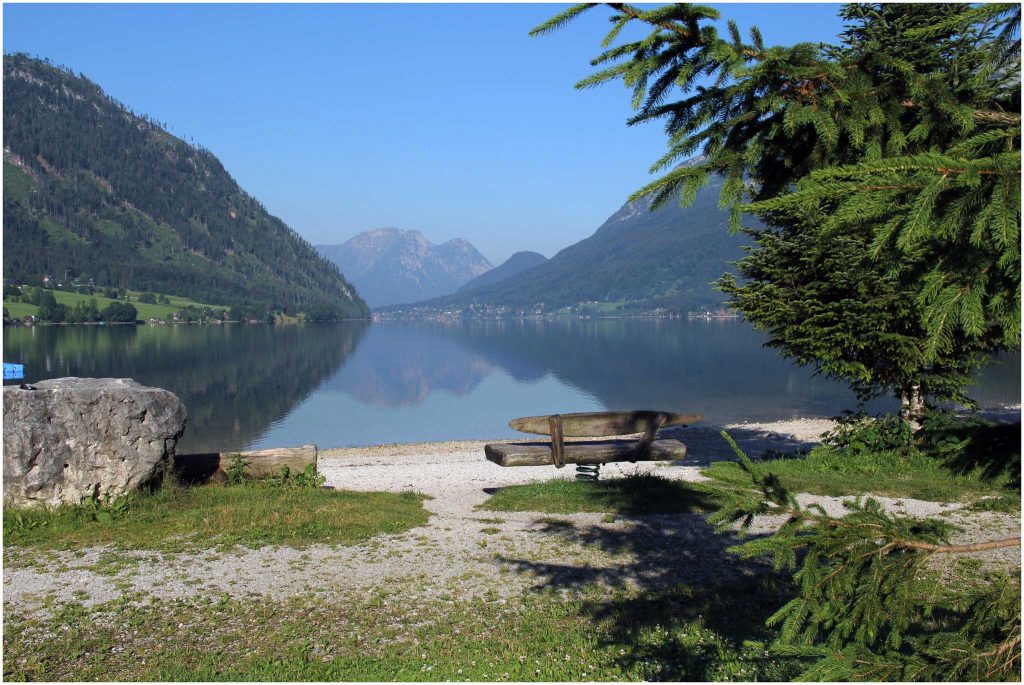
Grundlsee is one of the most beautiful lakes in Austria. What to do at Grundlsee? Swim, sunbathe, relax on the emerald grass in the shade of trees, and admire the lake’s still waters and the surrounding mountains. Take a walk to the mysterious Toplitzsee, shrouded in dark legends. Or simply stroll around the magical scenery. Visit nearby towns and explore the neighboring lakes. Grill sausages and sip on local Gösser beer.
Sit on a bench by the lake as the twilight deepens, trying to capture every moment of this day, this view, this silence, and the pure, otherworldly air. And that quiet sadness that often comes over you during your travels—the realization that your everyday life is so different from this enchanting fairytale. That this fairytale will eventually come to an end. But it’s this fleeting nature that makes you feel its beauty so deeply. And you sit there, silently repeating a mantra of gratitude for every single moment.
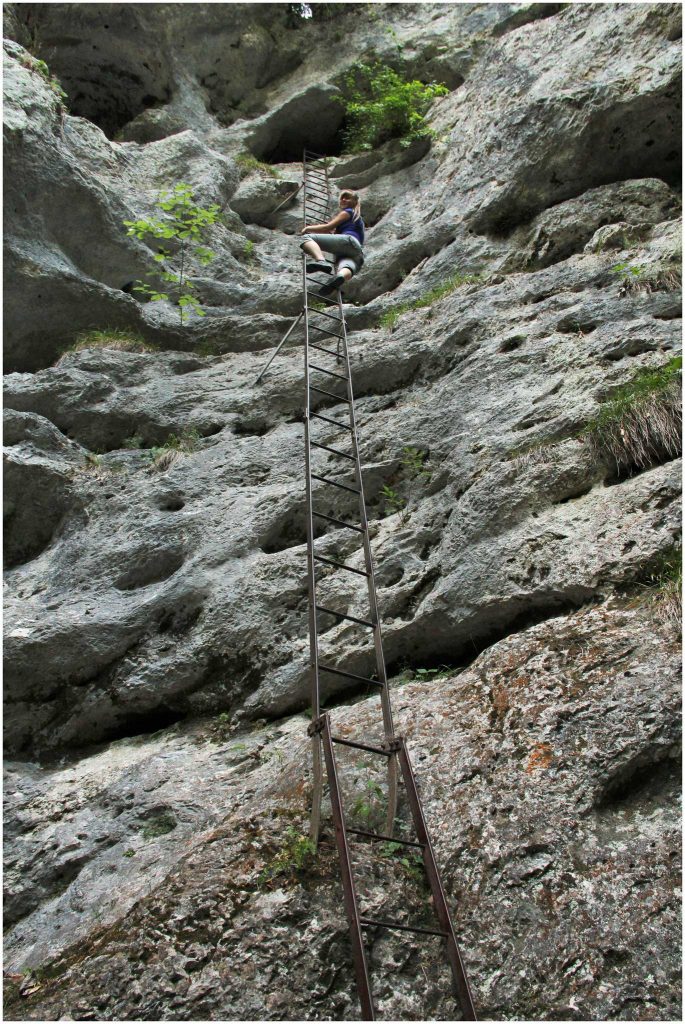
Not far from Vienna, hidden among the rocks, lies the stunning Steinwand Gorge (Steinwandklamm). It’s breathtakingly beautiful, and despite the civilized walkways, it still feels wild and untamed. Tourists are rarely seen here. The trail gradually ascends, but the hike is not difficult. At first, you walk on wooden stairs and bridges, but soon metal ladders appear. Climbing them can be tricky and a bit nerve-wracking. This section of the trail is marked in red on the map… However, there’s an alternative, easier route that bypasses the high ladders. But where’s the fun in that, right?
The rocks feature small caves and passages that help you navigate the trail. These are called Türkenloch — “Turkish holes.” According to guides, the name comes from the events of 1683, when the Ottoman Empire fought the Austrians. When the Turks besieged Vienna and the surrounding areas, local villagers took refuge in these caves. In 1981, the natural landmarks of Austria were thoroughly explored, and archaeological excavations unearthed clay pottery, coins, shards, and bones.
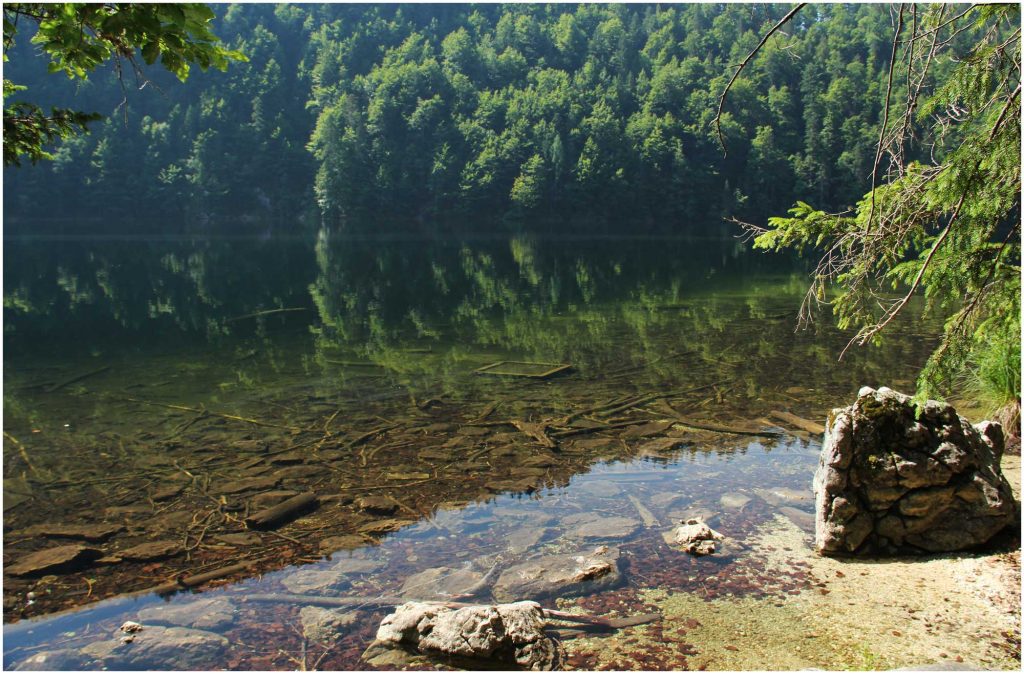
Lake Toplitz (Toplitzsee) is well-known among treasure hunters and adventurers of all kinds. According to legend, in 1945, crates filled with Nazi gold—more than a ton in total—were hidden at the bottom of the lake and in its surroundings. The search for the Third Reich’s treasure in Toplitzsee has a long and tragic history: nearly everyone who attempted to recover the hoard met mysterious and fatal ends.
It’s also believed that, in addition to the gold, the lake holds lists of German secret service agents and dossiers detailing the operations they were involved in. Some even speculate that the crates at the bottom of the lake contain account numbers for secret Swiss bank accounts still holding the wealth looted by the Nazis. Despite numerous search expeditions, the mysteries of Lake Toplitz remain unsolved. This adds to its allure—not just as an incredibly beautiful natural wonder, but as a place shrouded in secrecy.
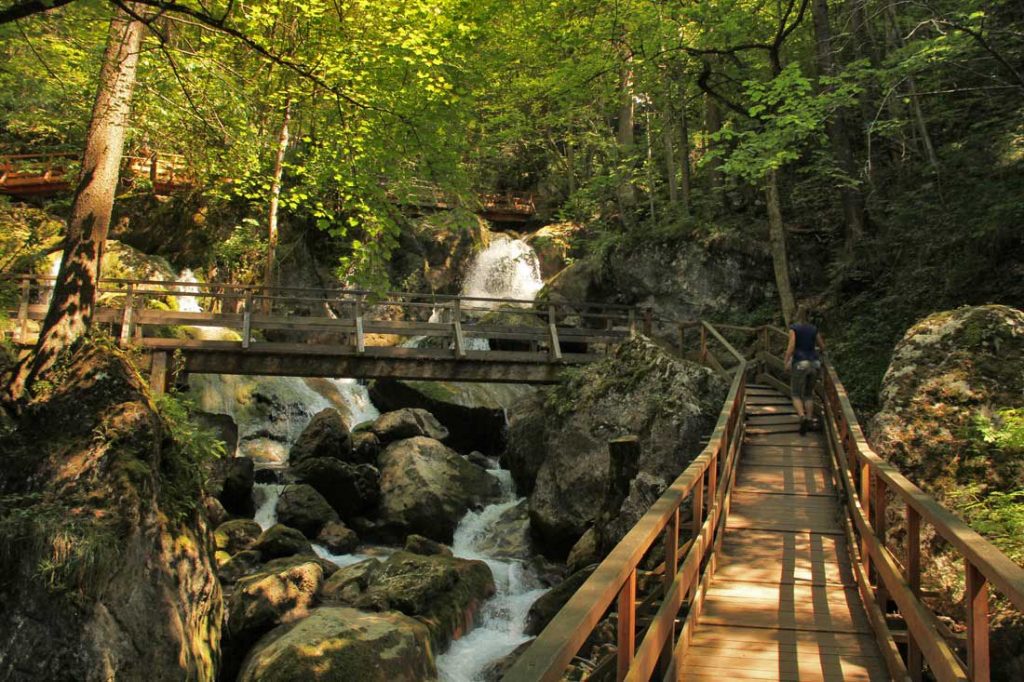
If you’re wondering where to go for a day trip from Vienna, the Myra Falls (Myrafälle) are just what you need. The Myra Falls are not just waterfalls but rather a whole system of cascades. Paths, stairways, bridges, and walkways run alongside the river up through the gorge. The hiking trail through the gorge was established as far back as 1885. According to the guidebook, it consists of 19 bridges and eight wooden stairways. The gorge with its waterfalls is about 600 meters long, and the elevation change is slight, only 70 meters. However, as you walk, you’re gradually ascending. After the cascades, the trail leads you to a large artificial lake.
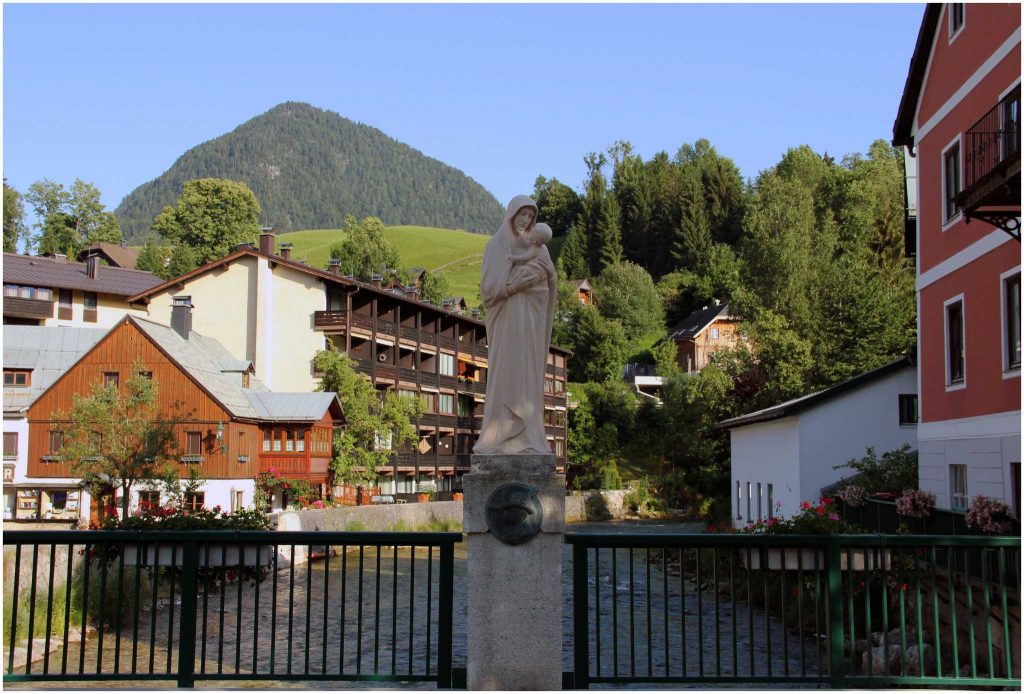
Bad Aussee is a small resort town in the federal state of Styria, Austria. It has a fascinating connection to mysterious Nazi gold. In 1983, lost tourists discovered a small house in the woods near Bad Aussee with a roof made of pure gold. At the end of the war, Bormann attempted to hide the Third Reich’s gold in various secret locations, and this was one such hiding place. It’s truly astonishing that it wasn’t discovered earlier. In reality, Bad Aussee is a very charming town, and of course, it’s not just about the gold.
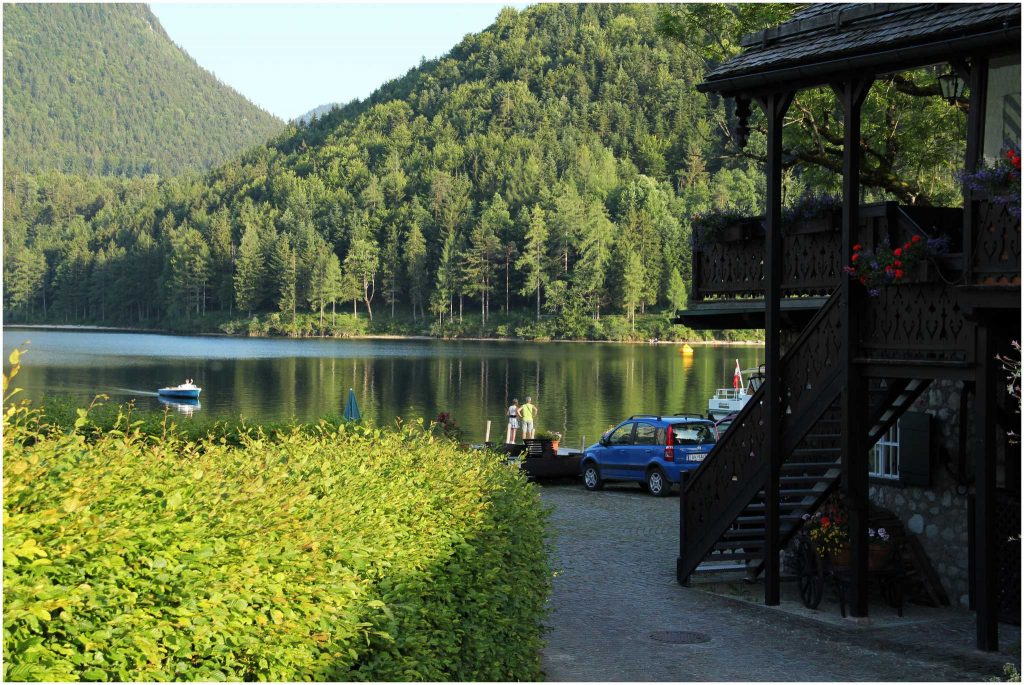
Austrian lakes are all stunning in their own way, each with its own unique charm. Take, for example, Altaussee. Located in the Styria region at an altitude of 712 meters above sea level, it is the geographical center of Austria. Right above the village and the lake towers Mount Loser. By the way, you can hike up Mount Loser to enjoy panoramic views of the lake and explore numerous caves. The mountain has many well-marked hiking trails.
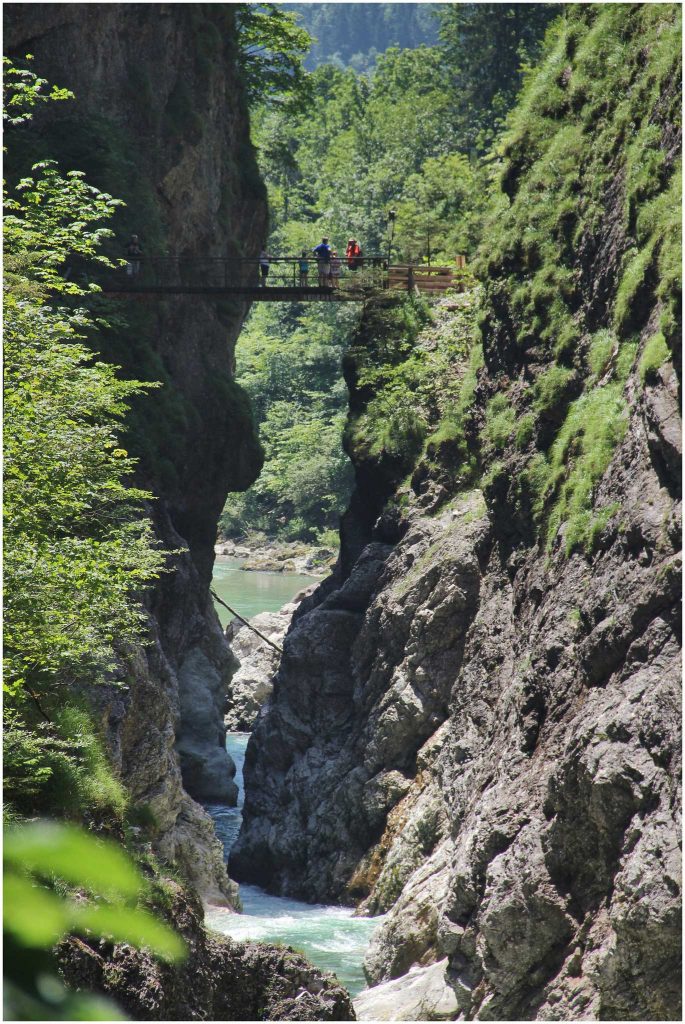
Lammerklamm Gorge is a deep, narrow canyon carved into the rocks by the mountain stream Lammer. A steep ladder initially takes you down into the gorge, and you’ll need to climb it back up later. In some parts of the gorge, the passage is narrow and dark, with towering cliffs arching overhead, creating a sort of grotto. It’s both beautiful and ominous. As you continue, the scene becomes more tranquil: the riverbed widens, and the steps along the precipice transition into a regular forest trail. Eventually, the canyon opens up, and the river becomes wide and calm, where you can even take a dip.
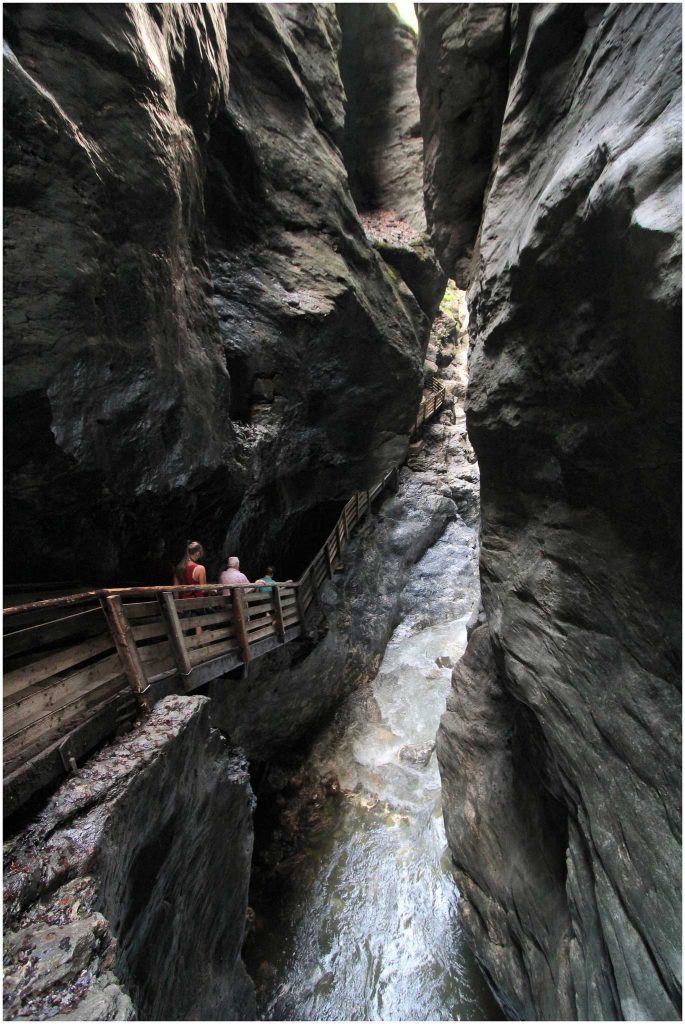
Around the Alpine town of St. Johann im Pongau, there are several notable attractions, with the highlight being the Liechtenstein Gorge.
Liechtensteinklamm is the longest and deepest Alpine gorge. The height of the cliffs above the river reaches up to 300 meters, and the distance between the walls of the gorge can sometimes be as little as 2 meters. The gorge formed after the Ice Age. For thousands of years, the waterfall and the rushing waters of the Grossarler River have carved the narrow canyon into the rock.
Like most Austrian gorges, Liechtensteinklamm is well-equipped with wooden walkways, ladders, bridges, and passages, making it easy to traverse even with young children.
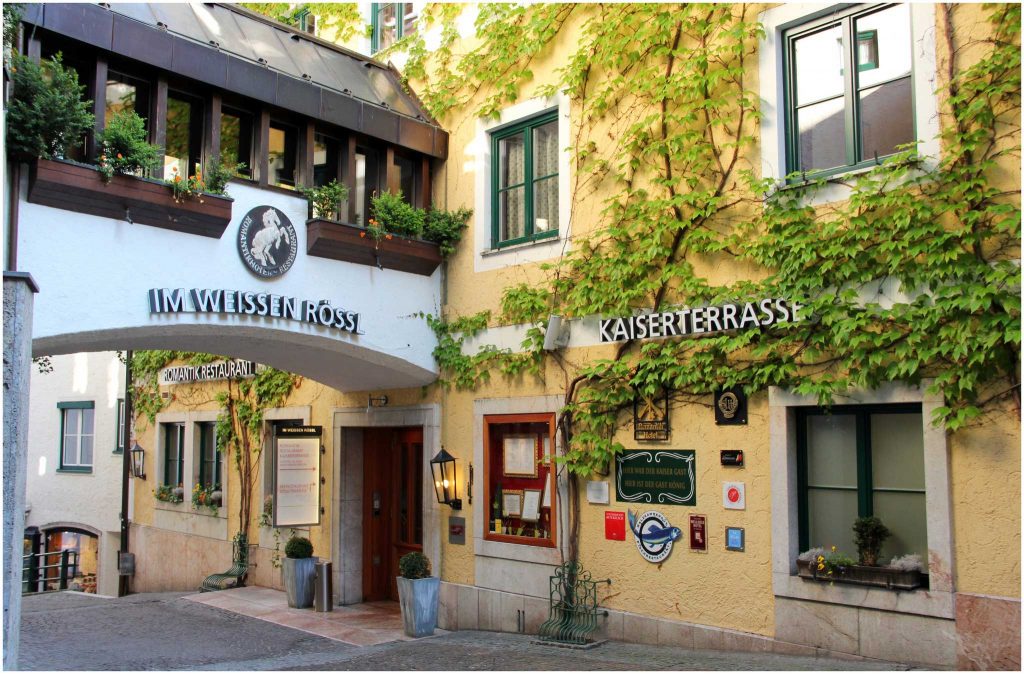
In the Salzkammergut region, nestled by Wolfgangsee Lake, lies the charming resort town of St. Wolfgang. It’s utterly enchanting: mountains, a lake, quaint houses, and flowers, flowers, flowers…
A local attraction is the “Weisses Rössl” (White Horse) Hotel. This hotel inspired an operetta, and after its premiere in Berlin in 1930, “Im Weissen Rössl” brought St. Wolfgang near worldwide fame. The image of the white horse appears on most local souvenirs. The hotel itself is also quite charming.
Photos: greenvaliza.co.ua

